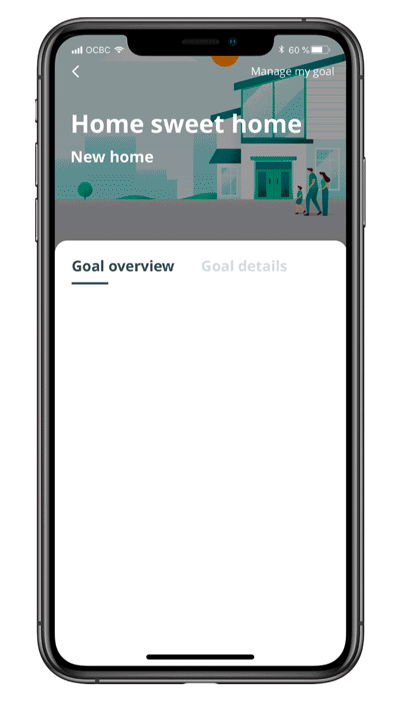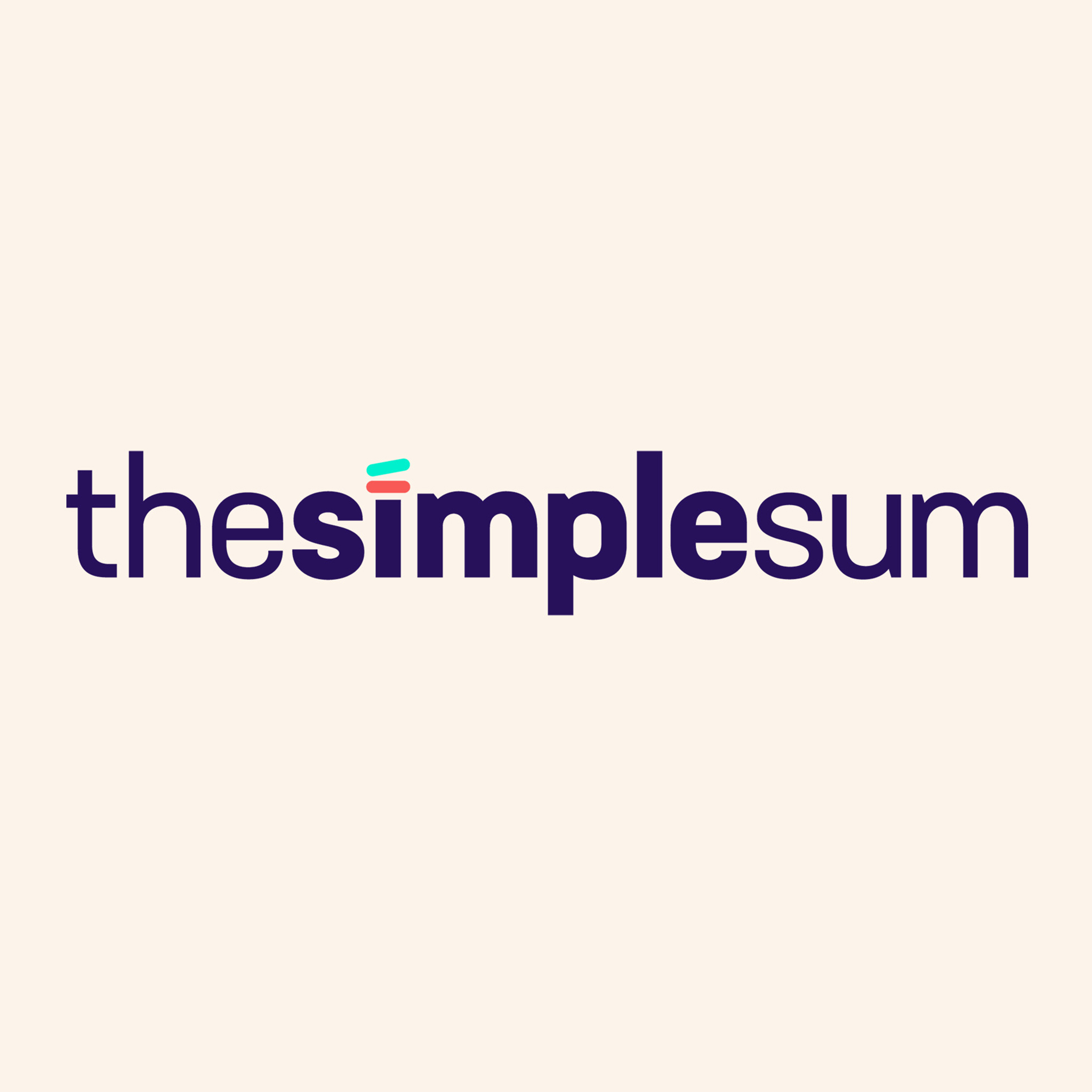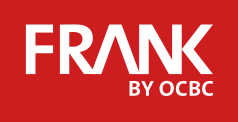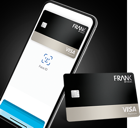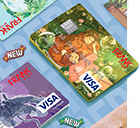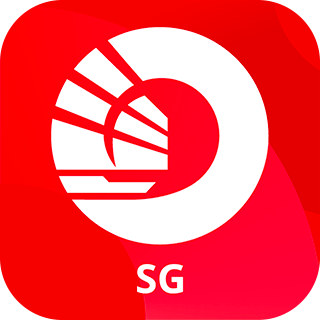Join other trail-blazing young adults in getting monthly career & financial tips, written by those who have succeeded before.
#6: Don’t fall for the dangers of BNPL | FRANK by OCBC
Buy Now Pay Later (BNPL) looks good on the outside, but it can be bad for the inside of your savings account if not managed well.
These days almost every online retailer, and even some physical ones, in Singapore offers Buy Now, Pay Later (BNPL) as a payment mode.
And if you’re already intending to buy something, using BNPL to get further discounts on your purchase is a financially smart move. You get what you need instantly, save a few extra bucks, and don’t break the bank (upfront, that is).
In short, BNPL is great if you’re able to stay disciplined with your spending habits. However, if you’re someone who can’t resist splurging every so often, BNPL could be a potential minefield that could blow up your finances.
Here are some ways BNPL can turn your finances upside down faster than you can say "discount."
The one-month mirage
You spot that irresistible outfit and check the price tag – it’s $90. But with BNPL, it’s easy to deceive yourself into thinking that all you’re paying upfront is $30, so it’s no big deal. You can afford it, you say to yourself, and it’s because you’re neglecting the fact that you have to pay $30 the next month, and another $30 the month after.
If you’ve ever caught yourself thinking this way when you’re using BNPL, you’ve fallen for the one-month mirage trap. It’s when you only considered the initial payment in your budget, but completely neglected to account for the upcoming payments in the following months.
Delaying the pain of paying upfront in favour of the instant gratification of owning a shiny new outfit is an easy psychological trap to fall into. Hey, we’ve all been there.
To prevent your psychological biases from messing with your finances, make an active effort to set aside the amount you need for the purchase as soon as you’ve made it, even if you’re using BNPL to pay for it.
This could mean putting the money in a separate bank account to prevent yourself from spending the money, or if the BNPL provider allows it, pay up the remaining instalments ahead of time. Doing these may be better than forgetting to pay down the road and being slapped with late payment fees.
The temptation to spend on things you don’t need
BNPL breaks price tags down into seemingly affordable prices, causing you to think, "Go ahead, treat yourself; it's practically a steal!". But beware, the seemingly lower instalment can trick you into a shopping spree for things you don’t really need.
Before you know it, your cart is filled with items you never intended to buy in the first place.
Making one purchase on BNPL may not make much of a dent. But make 10 purchases on BNPL in a month and you might be putting yourself in financial trouble.
If you’re already prone to impulse shopping, BNPL can and will make it much worse. Thus, the best thing you can do for your wallet (and your future self) is to always have a shopping list when shopping. Don’t browse, just search for what you need and get out of there.
How BNPL payments can snowball
Before there was BNPL, the only way to buy things without first having the money on hand was with a credit card. However, it’s not that easy to get a credit card. You need to meet certain requirements like a minimum income and a good credit score to show that you can reliably pay off your credit card balance.
However, with BNPL, there are no such hoops to go through. In fact, with so many BNPL providers out there, even if you hit the limit with one provider, you can easily switch providers and continue to make multiple purchases with just a click of a button.
This accessibility is a double-edged sword. It makes it fuss-free to use, and also easy to see your debt accumulate if you aren’t mindful about what you’re buying, and you may find yourself struggling to keep up with them.
For every missed instalment payment, you will be slapped with anywhere between $5 to $30 in late charges. Say you miss all 3 payments on your BNPL purchase by just a few days, you could potentially be facing with a late charge of up to $90!
Some BNPL providers may auto-deduct from your debit card but you still have to make sure you have enough money in your bank account for when the payments are due.
So don’t be fooled by the low upfront cost when shopping. Because if you’re unable to make the monthly instalments, late fees can snowball and make your purchases much more costly. Studies by C+R Research have shown that 57% of BNPL users in the US regretted using the method to check out when making purchases, often because they spent more than they could afford to pay1.
The BNPL Checklist
Now, before you opt for BNPL on your next purchase, here’s a checklist you can use to ensure that your finances won’t be derailed.
1. It's a need, not a want
If it's not a necessity, resist the temptation. BNPL should be reserved for items you actually need, not just desire.
2. You have the savings to pay for it in full
Only use BNPL If you have the means to pay for the item upfront already.
If your bank account is bust, and you’re already living pay cheque to pay cheque or from allowance to allowance, then avoid using BNPL altogether. No amount of discounts or perks would be enough to justify the stress of having to scrape together the money for when the BNPL providers come collecting.
3. It offers a good discount
Once you checked off that the purchase is a need and that you have enough savings to make the instalments, then you can consider BNPL only if you're getting a decent discount.
If you don’t get a discount, stick to paying upfront for the sake of your finances. Discounts make BNPL a strategic move; otherwise, it's just a costly convenience.
If you're not ready to check off the boxes on this BNPL checklist, it might be wiser to stick to the good old upfront payment. Your wallet will thank you in the long run!
Content sponsored by FRANK by OCBC
Do you have something in mind you are looking to purchase? Why not set a Savings Goal on the OCBC Digital App to automatically set aside savings every month towards your purchase. Learn more here.
Not a FRANK member yet?
Get your hands on the limited edition FRANK Debit Card featuring The Simple Sum characters: Sam the sotong, Ah Long the shark and Ollie the otter.
Follow @frankbyocbc and @thesimplesum on Instagram to stay tuned to the FRANK x The Simple Sum Money Series!
Terms of Use
Any opinions or views of third parties expressed in this article are those of the third parties identified, and not those of OCBC Group. No representation or warranty whatsoever (including without limitation any representation or warranty as to accuracy, usefulness, adequacy, timeliness or completeness) in respect of any information (including without limitation any statement, figures, opinion, view or estimate) provided in this article is given by OCBC Bank and it should not be relied upon as such. OCBC Bank shall not be responsible or liable for any loss or damage whatsoever arising directly or indirectly howsoever in connection with or as a result of any person acting on any information provided in this article.
Deposit Insurance Scheme
Singapore dollar deposits of non-bank depositors and monies and deposits denominated in Singapore dollars under the Supplementary Retirement Scheme are insured by the Singapore Deposit Insurance Corporation, for up to S$100,000 in aggregate per depositor per Scheme member by law. Monies and deposits denominated in Singapore dollars under the CPF Investment Scheme and CPF Retirement Sum Scheme are aggregated and separately insured up to S$100,000 for each depositor per Scheme member. Foreign currency deposits, dual currency investments, structured deposits and other investment products are not insured.
1Buy Now Pay Later Statistics: Market Size, Users, Debt (2024)

